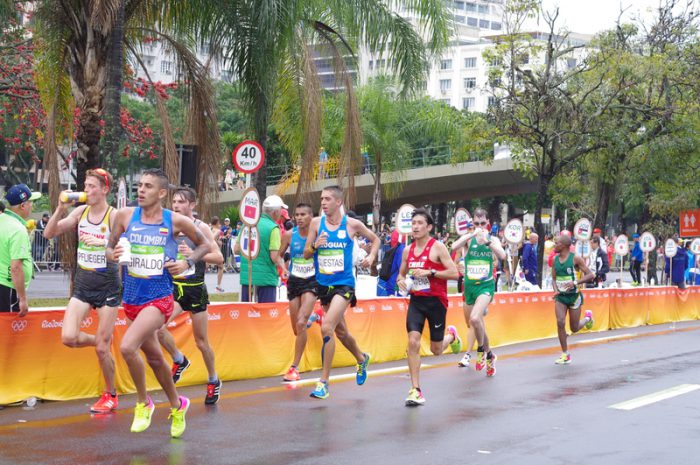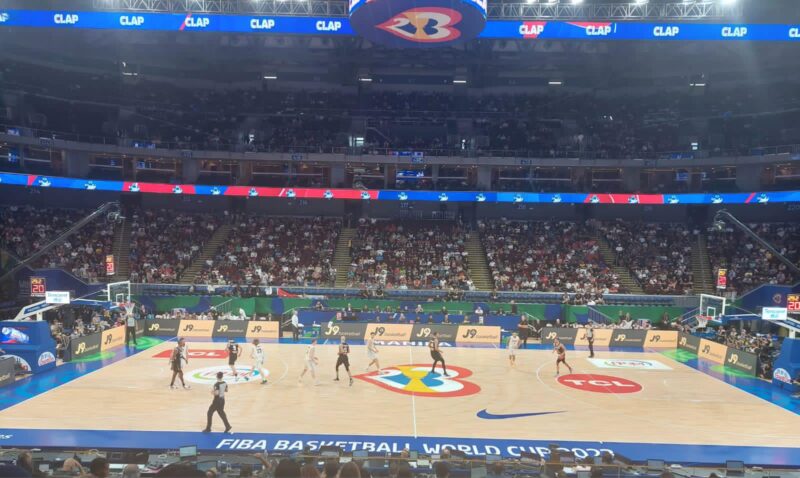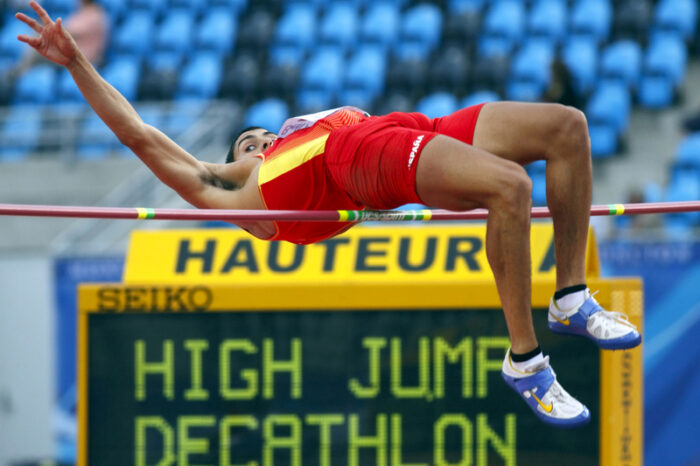Elite athletes will do anything that they can to get an edge in sports. Train daily for weeks and months on end, eat an exactly designed diet, and, sadly sometimes, break the rules.
Usually, the kind of cheating that we see is pretty clear cut. (Once it's caught, at least.) This includes taking banned substances to improve performance. This has been a problem in the Russian Olympic program, for example, and was also why Canadian Olympian Ben Johnson lost his sprinting gold medal in 1988.
But what about when the advantage isn't some a substance being taken to enhance how fast you can run or how strong you are? What if it's a pair of shoes on your feet? Shoes made by a huge company that are available in stores around the globe?
This is the question surrounding Nike's new running shoe line: the Vaporfly.
That extra bounce
A pair of Nike Vaporfly shoes. (Getty Embed)
Running shoes have been getting lighter and lighter. Compare a pair of classic sneakers with top-of-the-line runners. Some of them are lights as feathers.
It's no surprise that companies are trying to make lighter running shoes. The less weight you're carrying on your feet, the less tired and weighed down you'll be and the longer and faster you can run! But Nike's Vaporfly are different.
The soles of these shoes are thick. Inside is airy foam and light-but-firm carbon-fibre plates that act as a kind of spring. Every time the runner pushes down on the ground, the soles bounce back, giving the runner a tiny push into the next stride.
Brilliant...but unfair?
Scientifically, the Vaporfly is brilliant. And to be clear, Nike isn't a villain here. From ultralight foams to carbon fibres, other shoe companies like Adidas and Fila have also been using this tech for years. It's their job to try and make the fastest shoes around. After all, in the end, it's not the shoes the do the running — it's the runner.
But what happens when one shoe is so much better than the others? When does having a great shoe become an unfair advantage in competitive running?
This is the problem facing World Athletics, the organization that sets the rules for track and field sports. Studies show that the Vaporfly makes a runner 4% faster than they would be in another shoe. And in track sports, where runners win by hundredths of a second, 4% is huge.
Since 2019, all sorts of sprinting and long-distance running records have been broken by runners in Vaporflys. Leading people to ask: is it the runner or the shoe?
A partial ban
Eliud Kipchoge celebrates breaking the two-hour barrier in a marathon in 2019. He won't be able to use the same shoes he wore on this day at the Olympics. (Getty Embed)
This is why lots of people were waiting to see if World Athletics would ban the Vaporfly at this summer's 2020 Olympics in Tokyo. And in the end, they've decided to allow Vaporfly models like the NEXT% and 4% into the Games.
However, a similar prototype called the Alphafly has been banned. This shoe was worn in 2019 by Kenyan marathon champ Eliud Kipchoge to become the first human to run a marathon in under two hours.
On one hand, this seems fair. If a shoe is so good that it gives a huge advantage to anyone who wears it, then it should be banned, right? But shoes have also used this sort of technology for decades — why is that only a problem now that Nike has done such a terrific job at making a shoe?
Should the Vaporfly be completely banned? Not at all? Or did World Athletics get it right?
 Athletes like these Olympic marathon runners look for any edge to reach the finish first. (© Leszek Wrona - Dreamstime.com)
Athletes like these Olympic marathon runners look for any edge to reach the finish first. (© Leszek Wrona - Dreamstime.com)










They should do testing on the Nike vaporfly to see if in fact it gives the runner an advantageous edge and draw conclusions from the testing.
No, they shouldn’t ban it. They should change the rules so that everybody has to have the same shoe type if there’s a size that fits them. And they should supply the shoes. And they shouldn’t ban the alpha fly. Come on, you still need to be a fast runner to win.
I would like new Vaporfly shoes. I want to jump high. I want to run very fast. I can stretch.